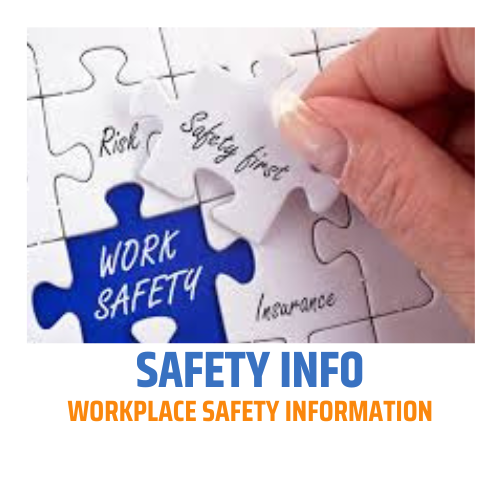What are All of the Requirements OSHA Requires
OSHA (Occupational Safety and Health Administration) has
established a wide range of requirements to promote workplace safety and health
in the United States. These requirements vary based on the industry, type of
work, and specific hazards involved. While it is not possible to list all the
requirements in detail, here are some key areas that OSHA regulations typically
cover:
- General Duty Clause: The General Duty Clause requires employers to provide a workplace free from recognized hazards that could cause death or serious physical harm to employees. This clause serves as a catch-all requirement for hazards not specifically addressed by OSHA standards.
- Hazard Communication: Employers must have a written hazard communication program and provide information and training to employees regarding hazardous chemicals in the workplace. This includes labeling hazardous substances, maintaining safety data sheets (SDS), and ensuring employees have access to this information.
- Recordkeeping and Reporting: OSHA requires employers to maintain records of work-related injuries and illnesses using OSHA Forms 300, 300A, and 301. Certain employers must also submit injury and illness data electronically to OSHA annually through the Injury Tracking Application (ITA).
- Respiratory Protection: Employers must establish a respiratory protection program when employees are exposed to hazardous airborne contaminants. This program includes proper selection and use of respirators, medical evaluations, fit testing, and training.
- Personal Protective Equipment (PPE): Employers must assess workplace hazards and provide appropriate personal protective equipment (PPE) to employees. They must also train employees on PPE use, maintenance, and limitations.
- Machine Guarding: Employers must ensure that machines and equipment are properly guarded to prevent contact with moving parts and other hazards. Guards must be in place during operation and maintenance.
- Electrical Safety: Employers must follow specific requirements for electrical systems and equipment, including wiring methods, grounding, and safe work practices when working with electricity.
- Fall Protection: Employers must provide fall protection systems when employees are working at heights above certain thresholds. This may include guardrails, safety nets, or personal fall arrest systems.
- Hazardous Materials: Employers must follow regulations for the safe handling, storage, and disposal of hazardous materials, including chemicals, flammable substances, and hazardous waste.
- Emergency Action Plans: Employers must develop and implement emergency action plans that outline procedures to follow during emergencies such as fires, chemical spills, or natural disasters. These plans should include evacuation routes, communication methods, and training for employees.
These are just a few examples of the requirements
established by OSHA. It's important to note that the specific requirements
applicable to a workplace depend on factors such as the industry, the nature of
work, and the presence of specific hazards. Employers should consult OSHA's
standards and regulations relevant to their industry and work activities to
ensure compliance.







0 Comments